Oct 14,V7N- SpaceX achieved a significant milestone in its fifth Starship test flight on Sunday, successfully returning the rocket's first-stage "Super Heavy" booster to its Texas launch pad using giant mechanical arms. This marks a major step in the company's efforts to develop a fully reusable rocket system designed for missions to the moon and Mars.
The Super Heavy booster launched at 7:25 a.m. CT from SpaceX’s Boca Chica, Texas facility, sending the Starship's second-stage rocket into space. After separating at around 70 km (40 miles) altitude, the booster re-ignited three of its 33 Raptor engines to slow its descent back to the launch site. The booster then targeted the launch pad, where it was caught by two large metal arms on the tower, which is over 400 feet tall. The booster hooked itself into place using protruding bars under its grid fins, completing the capture successfully. SpaceX CEO Elon Musk celebrated the achievement on X, while engineers cheered in the background.
Meanwhile, the second stage of the Starship system, known as the Starship, continued its flight at speeds of around 17,000 miles per hour. It reached 89 miles above Earth and aimed for a controlled splashdown in the Indian Ocean. Starship re-entered Earth's atmosphere, showing a glowing, pinkish-purple plasma due to the intense hypersonic friction. This re-entry was smoother compared to previous tests, thanks to improvements to the heat-shielding tiles, which had been damaged during a June test.
Starship's test flight ended with the vehicle splashing down in the ocean, before toppling on its side. A separate camera view from a nearby vessel showed an explosion after the splashdown, though it was unclear whether this was a controlled detonation or the result of a fuel leak. Musk expressed satisfaction with the mission, noting that Starship had landed "precisely on target."
This flight came after the U.S. Federal Aviation Administration approved SpaceX's launch license, following delays and regulatory tensions surrounding SpaceX’s other rocket, the Falcon 9.
END/TEC/RH/



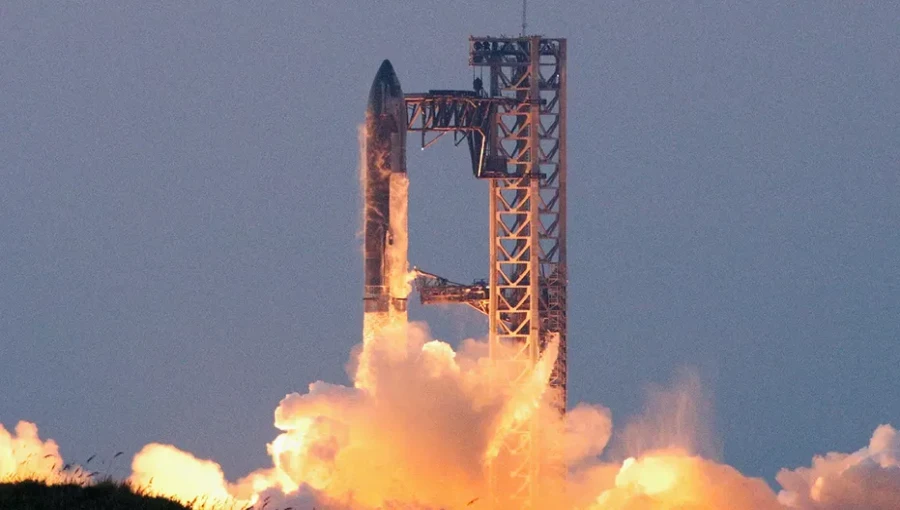

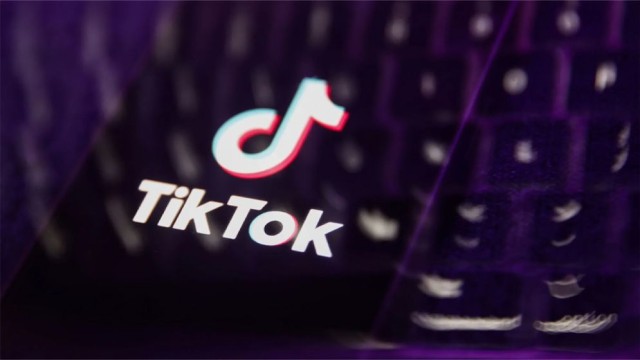
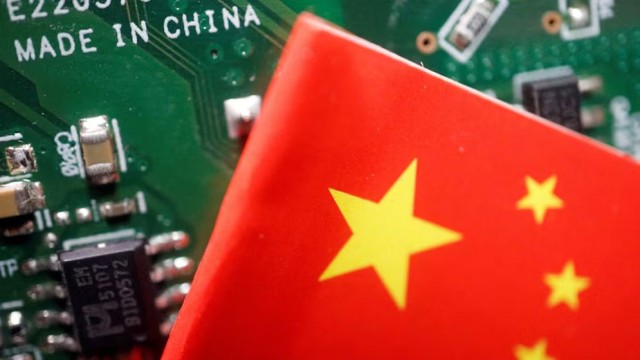
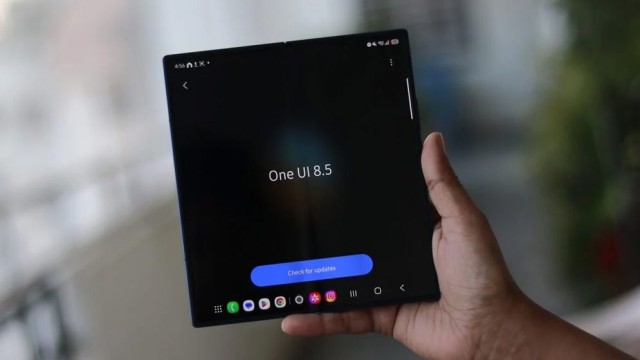
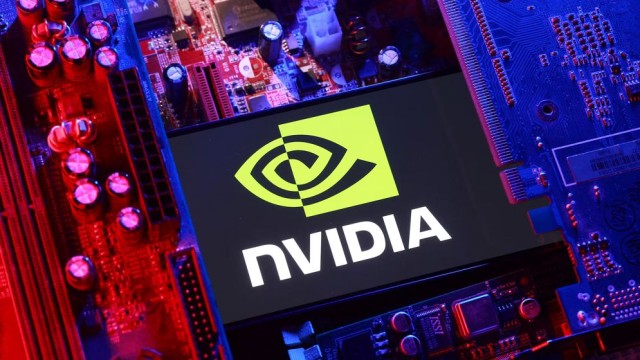




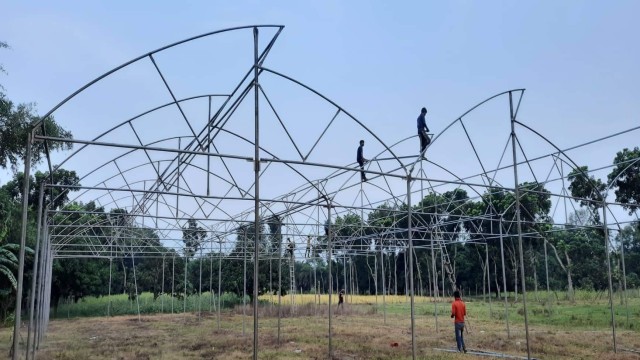





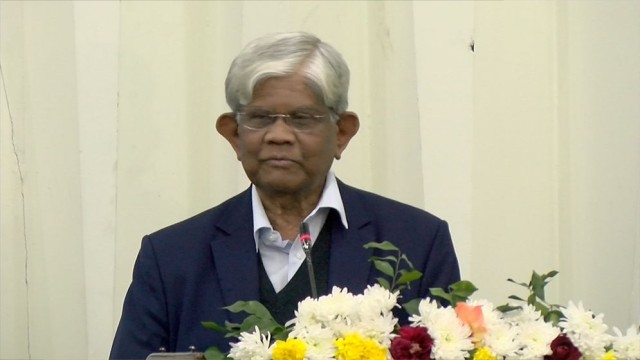

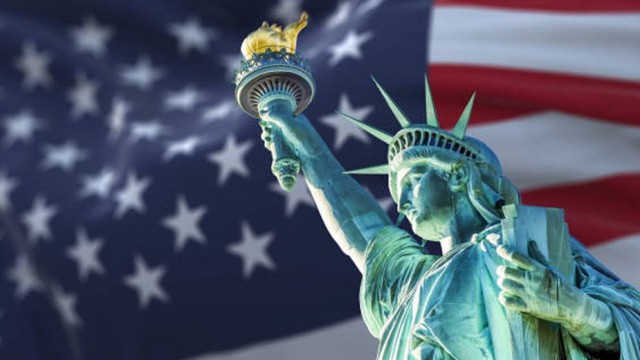
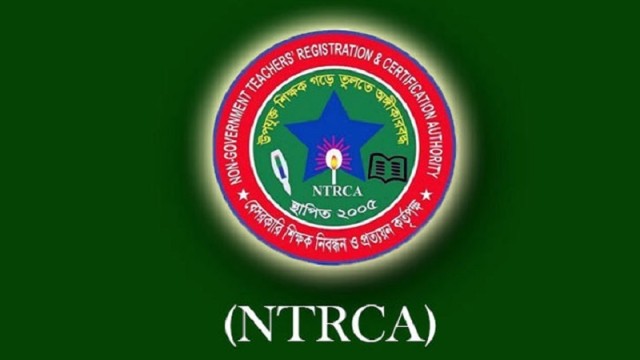







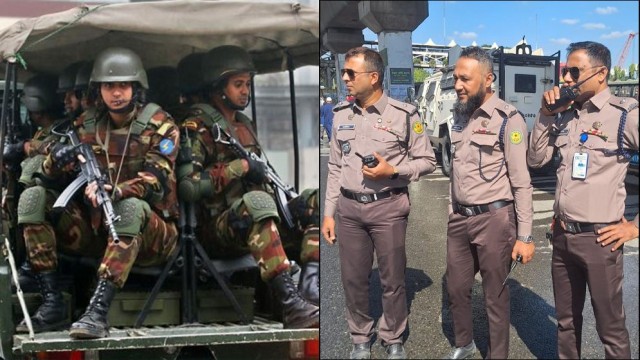
Comment: